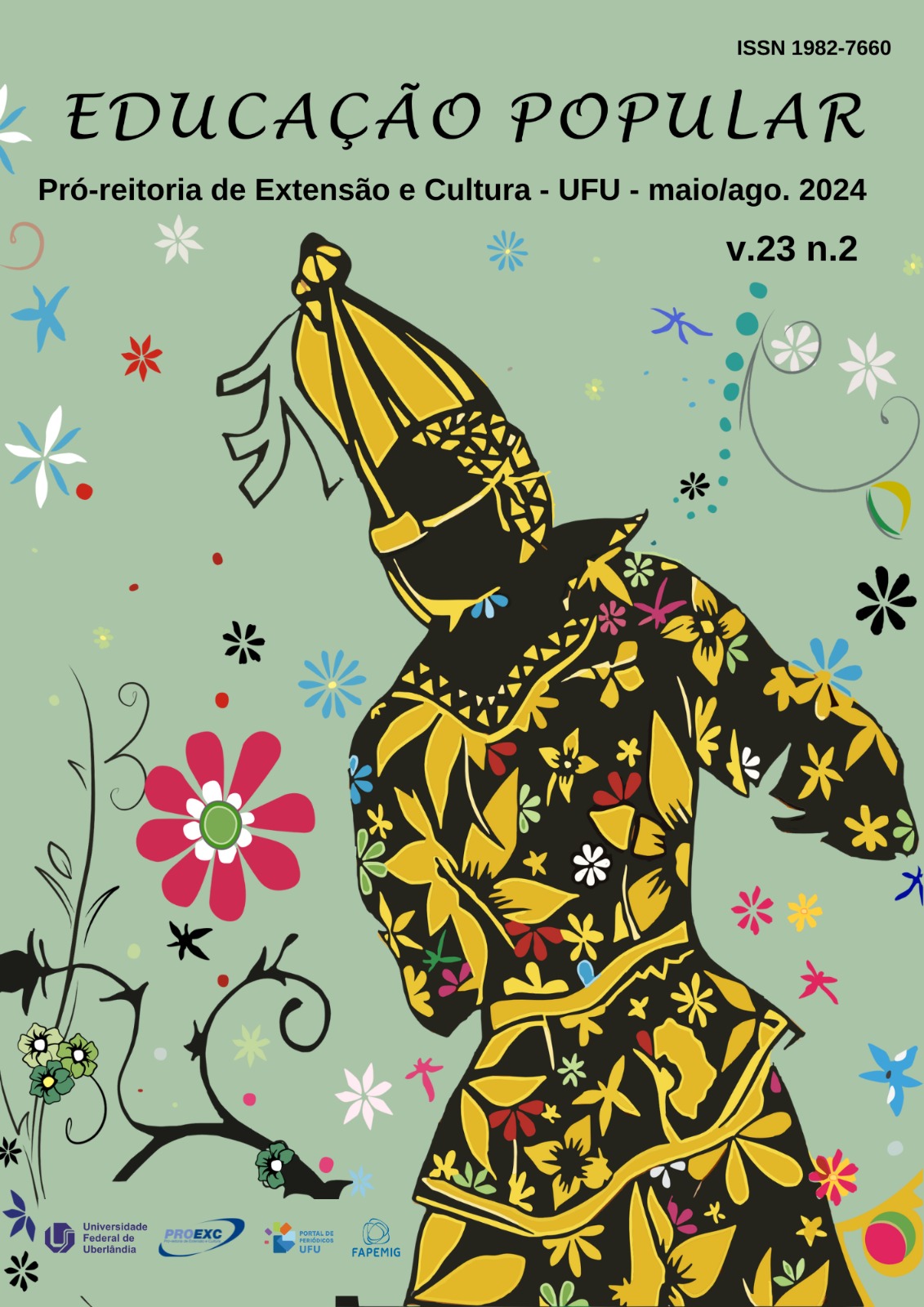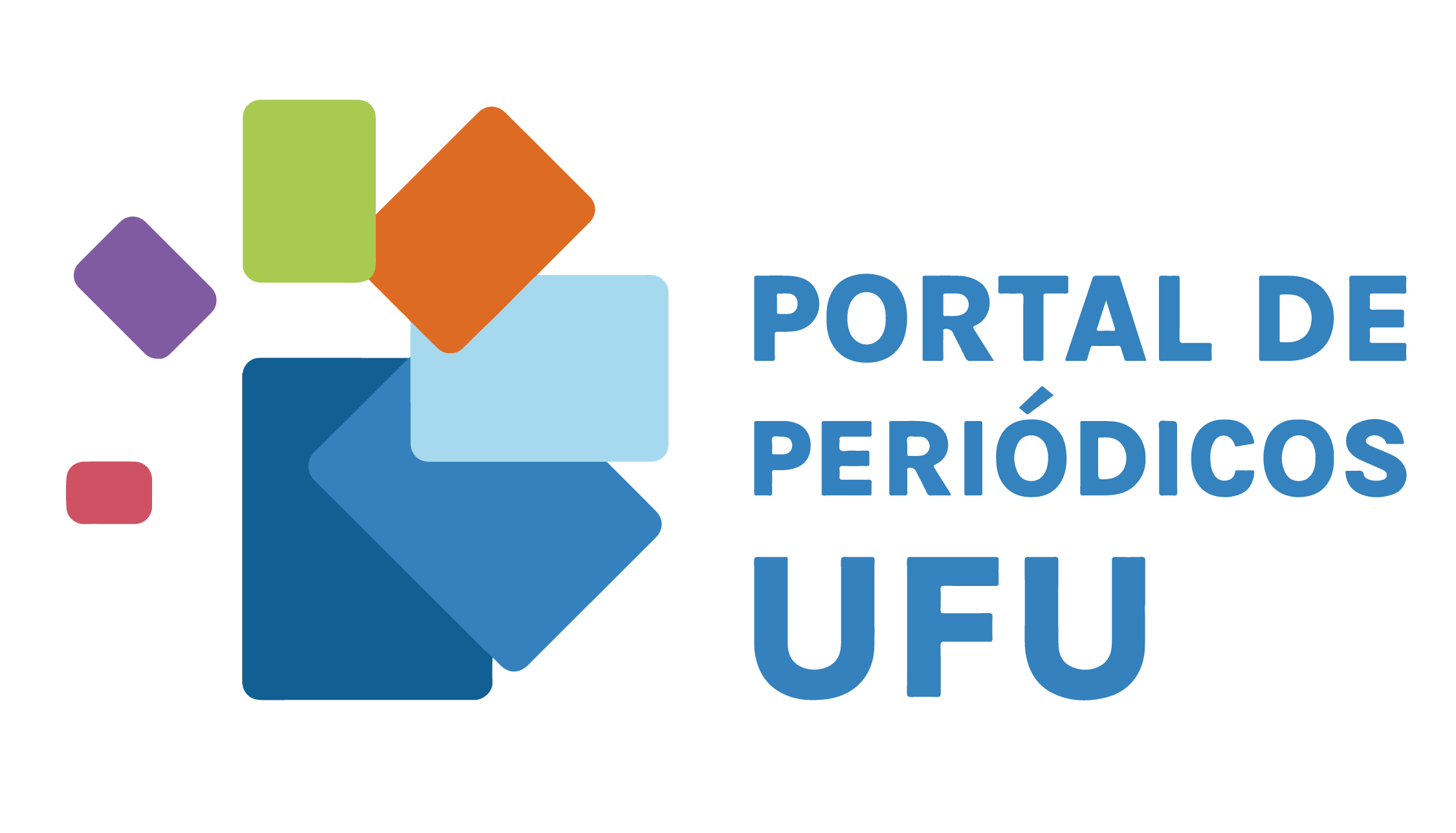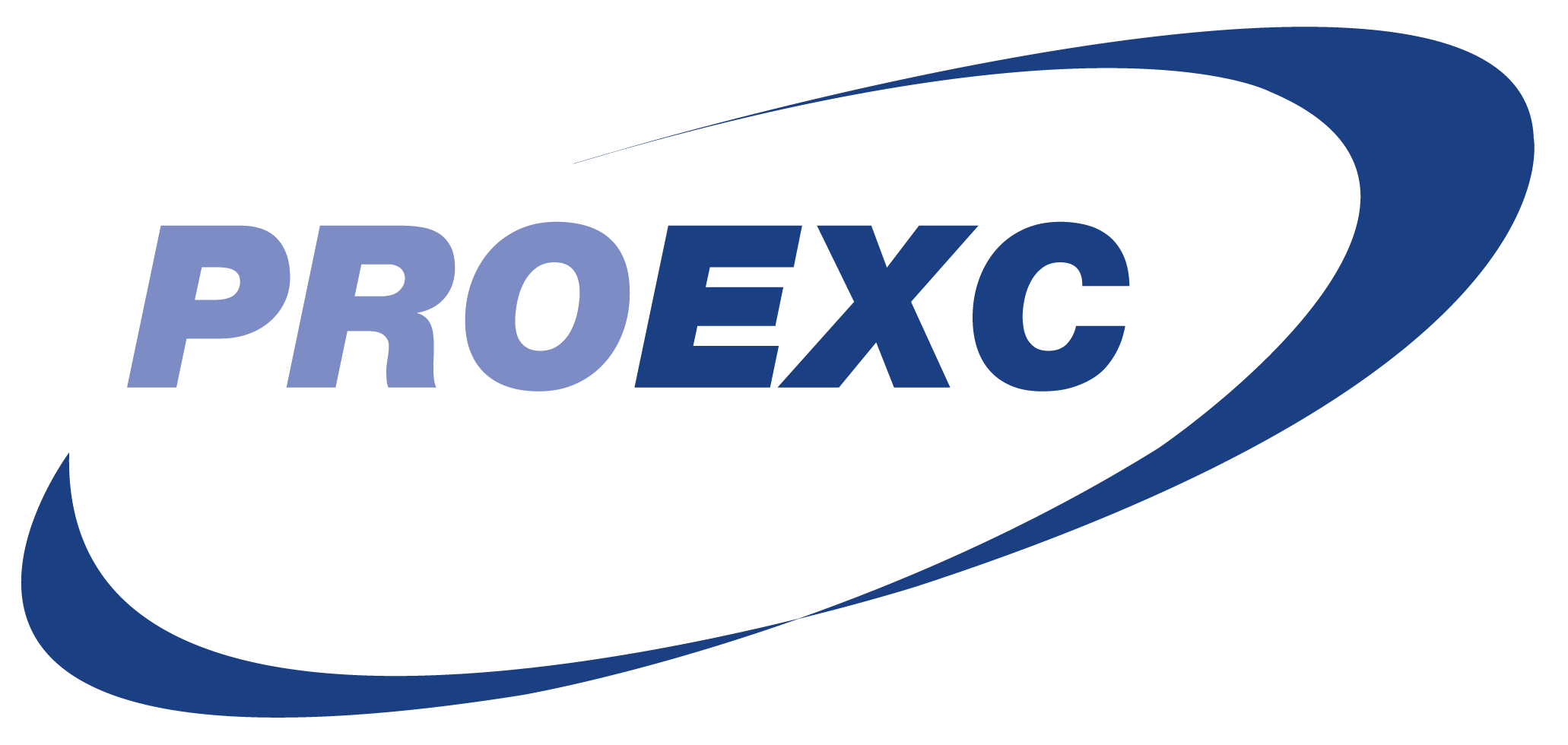Saberes e fazeres matemáticos utilizados por pedreiros no município de Amapá/AP
DOI:
https://doi.org/10.14393/REP-2024-73035Palavras-chave:
Etnomatemática, Conhecimentos tradicionais, Pedreiros, Amapá-APResumo
O presente artigo tem por objetivo discutir acerca dos saberes e fazeres matemáticos realizados por pedreiros do município de Amapá, no estado do Amapá, com vistas a reforçar que a matemática aplicada tem uma grande eficácia na construção do conhecimento empírico. O trabalho objetiva ainda descrever como esses saberes e fazeres matemáticos são transmitidos e repassados por essas famílias. A pesquisa tem caráter qualitativo, exploratório e descritivo. Para tanto, foi realizada observação direta por meio de visita in loco em obras realizadas no município. Os dados da pesquisa foram obtidos a partir de conversas informais com um pequeno grupo de oito pedreiros, cujos recortes de inclusão e exclusão foram os pedreiros mais antigos do município e que atuam na área há mais tempo. Os resultados apontam para um rico conjunto de conhecimentos matemáticos (empíricos e tradicionais) que vêm sendo adquiridos e transmitidos ao longo dos anos. Além disso, os dados levam à reflexão quanto à prática pedagógica do ensino e da aprendizagem da matemática, assim como quanto à importância do estudo da cultura e a aplicabilidade desta em sala de aula como forma de valorizar e manter as tradições locais e os conhecimentos matemáticos.
Downloads
Referências
ARAUJO, A. W. S.; BARBOSA, D. E. F. Etnomatemática: a matemática presente no trabalho dos pedreiros. Revista Paranaense de Educação Matemática, Campo Mourão, v. 12, n. 28, p. 223-242, maio/ago. 2023. Disponível em: https://periodicos.unespar.edu.br/rpem/article/view/6802/5606. Acesso em: 15 jan. 2024.
ASSOCIAÇÃO BRASILEIRA DE NORMAS TÉCNICAS. ABNT NBR 6118:2003. 2004. Disponível em: https://docente.ifrn.edu.br/valtencirgomes/disciplinas/construcao-de-edificios/abnt-6118-projeto-de-estruturas-de-concreto-procedimento. Acesso em: 20 jan. 2024.
BARDIN, L. Análise de conteúdo. São Paulo: Edições 70, 2016.
BARROS, A. J. P.; LEHFELD, N. A. S. Projeto de pesquisa: propostas metodológicas. 8. ed. Petrópolis: Vozes, 2007.
BRASIL. Instituto Nacional de Estudos e Pesquisas Educacionais Anísio Teixeira – INEP. Pesquisas estatísticas e indicadores educacionais. 2021. Disponível em: https://www.gov.br/inep/pt-br/areas-de-atuacao/pesquisas-estatisticas-e-indicadores/ideb Acesso em: 20 nov. 2022.
D’AMBROSIO, U. Transdisciplinaridade. 2. ed. São Paulo: Palas Atenas, 2001.
D’AMBROSIO, U. Etnomatemática: elo entre as tradições e a modernidade. Belo Horizonte: Autêntica, 2002.
IBGE. Instituto Brasileiro de Geografia e Estatística. Pesquisa Mensal de Emprego Série Re-latórios Metodológicos. Rio de Janeiro: IBGE, 2008.
IBGE. Instituto Brasileiro de Geografia e Estatística. 2022. Disponível em: www.ibge.com.br. Acesso em: 20 jan. 2023.
PAULA, D. G.; PAULA, J. M. A matemática dos pedreiros: uma reflexão freiriana. Revista Brasileira de Educação Básica, Belo Horizonte, v. 6, set. 2021. Disponível em: https://rbeducacaobasica.com.br/2021/09/13/a-matematica-dos-pedreiros/. Acesso em: 15 jan. 2024.
NASCIMENTO, M. G. O. Etnomatemática: a matemática do pedreiro e sua relação com a matemática escolar e não escolar. ISCI, Sinop, n. 3, 2019. Disponível em: https://www.isciweb.com.br/revista/1320-etnomatematica-a-matematica-do-pedreiro-e-sua-relacao-com-a-matematica-escolar-e-nao-escolar. Acesso em: 15 jan. 2024.
OLIVEIRA, J. F. Ferramentas e equipamentos utilizados na construção: saiba mais! Obras e Construção Civil, [s. l.], 11 set. 2021. Disponível em: https://obrasconstrucaocivil.com/ferramentas-e-equipamentos-utilizados-na-construcao/. Acesso em: 10 abr. 2024.
SCHWARK, M. P. et al. Inovação em construção civil. São Paulo: Instituto UNIEMP, 2006.
VERGANI, T. Educação etnomatemática: o que é? Natal: Flecha do Tempo, 2007.
Downloads
Publicado
Edição
Seção
Licença
Copyright (c) 2024 Elivaldo Serrão Custódio, Paumiere Castro Moreira

Este trabalho está licenciado sob uma licença Creative Commons Attribution-NonCommercial-NoDerivatives 4.0 International License.
Autores que publicam nesta revista concordam em manter os direitos autorais e conceder à revista o direito de primeira publicação, com o trabalho simultaneamente licenciado sob a Licença Creative Commons Atribuição-NãoComercial-SemDerivações 4.0 Internacional.





